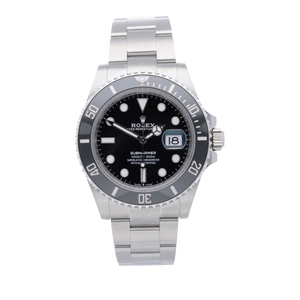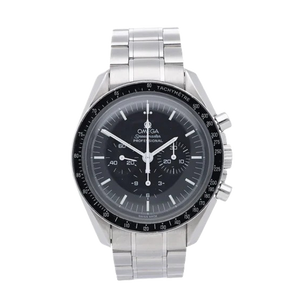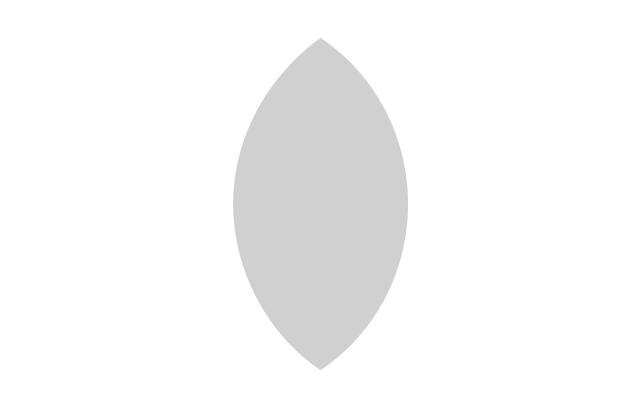La vie en rose - The Remarkable Story behind Tudor
The renowned Swiss watch brand Tudor has been a major player in the watch market since 1926. Founder Hans Wilsdorf originally launched the brand as a "little sister" to Rolex, which he had established 15 years earlier. This wasn't simply a matter of boredom, however, but of a brilliant idea: Tudor was to appeal to a completely different target audience with its more affordable product range. The alternative to the "brand with the crown" was to offer more affordable watches with the usual high quality and thus, above all, represent a suitable option for newcomers to the luxury watch market – a real challenge. But Wilsdorf dared to try and enjoyed enviable success. He owes this, among other things, to his special strategy: The marketing expert waited a full 20 years after registering the brand before finally introducing Tudor to the masses with a perfectly developed product range and a well-considered advertising strategy. And this at a time when marketing as we know it today didn't even exist! Wilsdorf was a pioneer in this field, recognizing early on how essential the right brand presentation is for the success of a company.


One year after the end of the Second World War, the first Tudor models were presented. They, like Rolex, featured a sporty design and high robustness. However, Tudor wristwatches used movements from external suppliers to save costs and thus enable the lower price. Thanks to outsourcing, Tudor can maintain the price difference while still offering outstanding quality. To this day, the company cooperates with ETA, one of the best Swiss movement producers. Tudor quickly made a name for itself in the watch industry as the "Rolex for the common man" with robust and reliable timepieces, and the company has indeed managed to maintain this reputation over the years – almost a century later, its products are still celebrated by fans all over the world. The vintage models, which feature Rolex cases and bracelets, in particular, continue to enjoy immense popularity. However, the clear demarcation from the “mother” company was also an important step for Tudor: Through meaningful advertising campaigns in the 1950s and 1960s, which showed the watches to road and mine workers, Tudor was able to successfully differentiate itself from Rolex and its luxury image.

Incidentally, Wilsdorf chose the Welsh royal house of the same name as inspiration for the company name. The Tudor dynasty is best known for King Henry VIII, who opposed the Catholic Church, declared himself head of the church, and married a total of six times. He famously executed two of his chosen ladies. Even during the reigns of his children, there were repeated power struggles and revolutions. The Tudors thus represent power, uncompromisingness, and change, which Tudor ideally represents. The rose, as a symbol of the famous royal family, soon became the brand's logo.
Little sister, big entrance
Over time, this image of Tudor was somewhat lost, and the brand once again became more oriented towards "Mama." However, with the change in leadership, a new thinking came, and the company returned to its original, independent core philosophy. Tudor recognized the value of this uniqueness and ultimately stayed on this path. With the Heritage collection, the brand achieved a fresh start by looking back to the past: The renaissance of the popular vintage models from the 1950s and 1960s brought the brand's remarkable history into focus and successfully brought it back to the personal path. The success of these models was so enormous that a whole wave of vintage reinterpretations by other brands followed. Each of the Tudor models has its own unique character. To this day, these vintage editions, as well as their original models, are highly sought after by collectors. No wonder, then, that the value of well-preserved examples has been steadily rising for some time now!

Since its reorientation at that time, Tudor has consistently cultivated its own style, never coming close to being overshadowed by Rolex. Its watches have long been known for their high quality and durability, as well as for their innovative solutions in design and technology. These characteristics have enabled Tudor to establish a global reputation and maintain its long-term position in the highly competitive timepiece market. In 1996, the brand celebrated its 50th anniversary and marked this triumph in a very special way: the Rolex links that had previously appeared on its watches were completely removed from the cases, crowns, and bracelets. In 2009, Tudor took another major step towards independence and designed a new collection focused on motorsports. Until 2011, the brand cooperated with Porsche as a "timing partner" to achieve sporting goals. This meant Tudor had a big fish on the hook, and success was assured from the start. The collaboration also ideally represented the new direction. The brand already had its own identity before – but now the “umbilical cord” had been completely cut and Rolex’s child had fully grown up.

In eternal bloom – Tudor's success continues
Since 2013, Tudor has been the Official Timekeeper of the World Enduring Championship (WEC), a challenging endurance racing series. The sporting objectives of the competition and the company's values are in common: performance, reliability, and passion are what matter, both for its precise timepieces and for its fast cars. Through this collaboration, Tudor once again emphasizes its close ties to the world of motoring. The importance of technology and style, which have always been at the heart of its collections, is also clearly evident in the models themselves: the clean lines and sporty design of the watches leave no doubt. In 2015, Tudor had a new highlight in store at Baselworld: The company presented its first in-house movement. The MT 5621 is an automatic movement with a stop-second function for the most precise timekeeping and a power reserve of up to 70 hours. Once again, no expense has been spared on innovation and quality. The MT 5621 embodies the brand's strong pioneering spirit, which has even grown over the years. Hans Wilsdorf hit the bull's eye with Tudor a long time ago, and the brand still stands for performance and robustness today. Tudor appeals to a wide range of target groups, and many celebrities are among its fans. We're excited to see what surprises the brand has in store for us—after the past few years, expectations are naturally high. But we're confident that Tudor won't disappoint us in the future either.

This post is also available in: English












